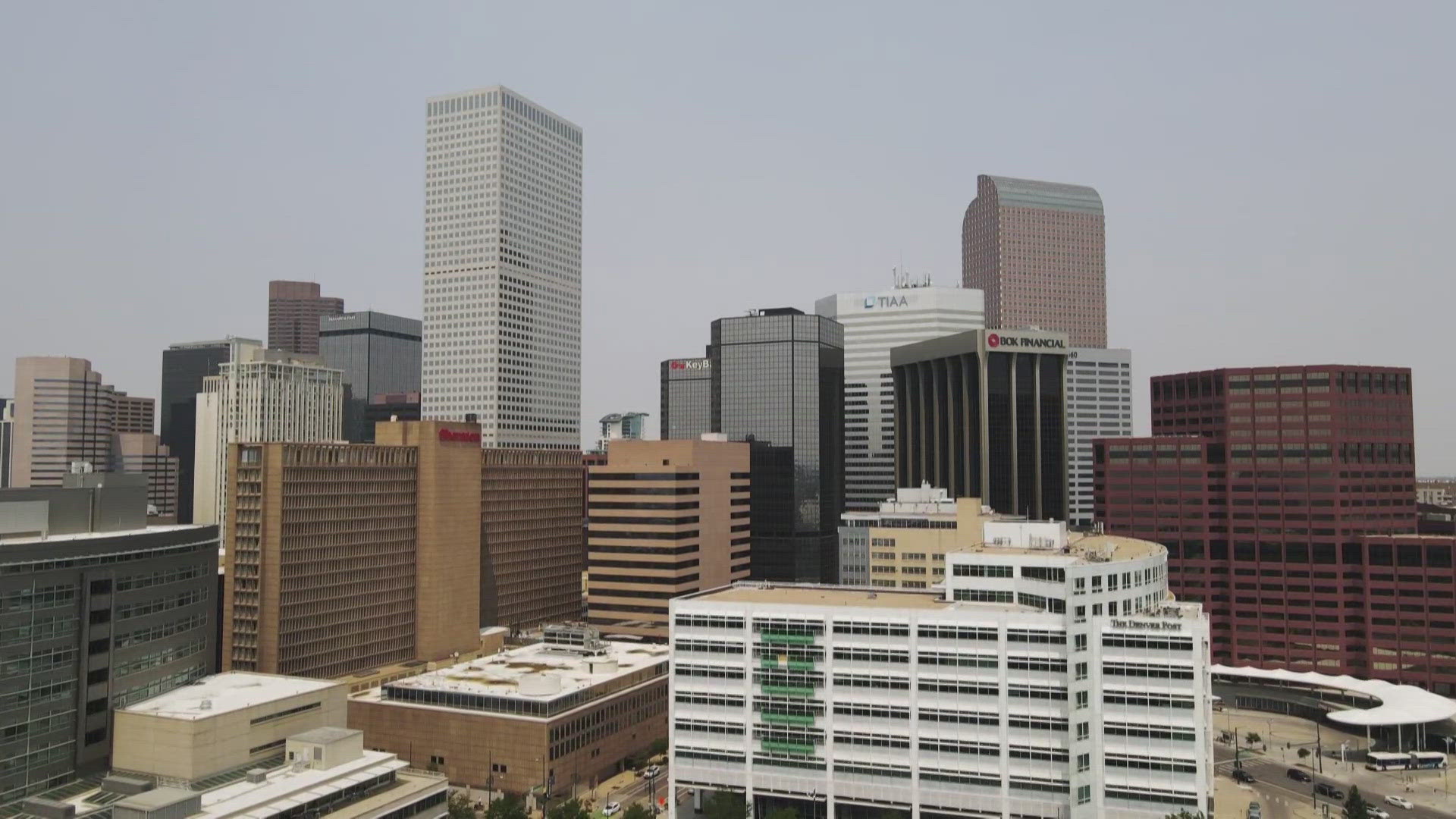DENVER — The city of Denver has spent tens of millions of dollars moving people off the streets and into shelters. For a while, people were cycling back onto the streets from hotels and tiny homes. But now, the city said more people are moving into permanent housing than back into homelessness.
"Congratulations on finally flipping the outcomes to the direction we need them to be," City Councilwoman Amanda Sawyer said. She has been one of All In Mile High's toughest critics.
She was happy to see a different trend.
Over the summer the city saw more than 170 people move into permanent housing, which was a nearly 25% increase from the previous quarter. As of mid-September, 1,950 people have moved to a hotel or tiny home which is only 50 people short of the mayor's goal to move 2,000 indoors by the end of the year.
"We had also seen an uptick in connection to services from individuals in our program," said Cole Chandler, the senior advisor on homelessness to Mayor Mike Johnston. "More being getting access to vital documents. More people getting IDs. More people getting connected to the services being delivered."
Chandler told city council members this week that All In Mile High is moving an average of about five people to a temporary shelter site every day.
"Some people are moving into permanent supportive housing," Chandler said. "They have that attached permanently to supportive services."
"The efforts the city has made to move people from streets to safe spaces and now from those safe spaces into permanent housing is really exactly how the homelessness response system should work," said Cathy Alderman, Chief Communications and Public Policy Officer for Colorado Coalition for the Homeless.
CCH said the way it is working could be even quicker if more affordable housing options were available.
"If we had been making the investments over the last decade in this high need affordable housing for low-income households we might not be quite in the crisis we are in today," Alderman said.
There is no doubt the Mile High City is seeing progress, with fewer tents up on the streets.
Denver's population of unsheltered homeless individuals dropped more than 10% in the last year. During a point-in-time count in January, there were 1,273 unhoused people in Denver. That is down from 1,423 people in January 2023.
The city said it is one of the largest year-over-year drops of any major U.S. city.
The All In Mile High program is pausing adding more shelter units like hotel rooms and tiny homes. Denver plans to serve the unhoused population with the existing 1,200 units.
"With the drop off in one-time federal funding resources and softening city revenues, we will work to utilize our $57.5M in funding for All In Mile High to maintain our existing infrastructure and continue to improve outcomes for individuals," a spokesperson for Denver's Department of Housing Stability said.
Denver is offering access to permanent housing or indoor accommodations at a non-congregate shelter system to all individuals experiencing homelessness in an encampment cleanup area before the commencement of the cleanup.

